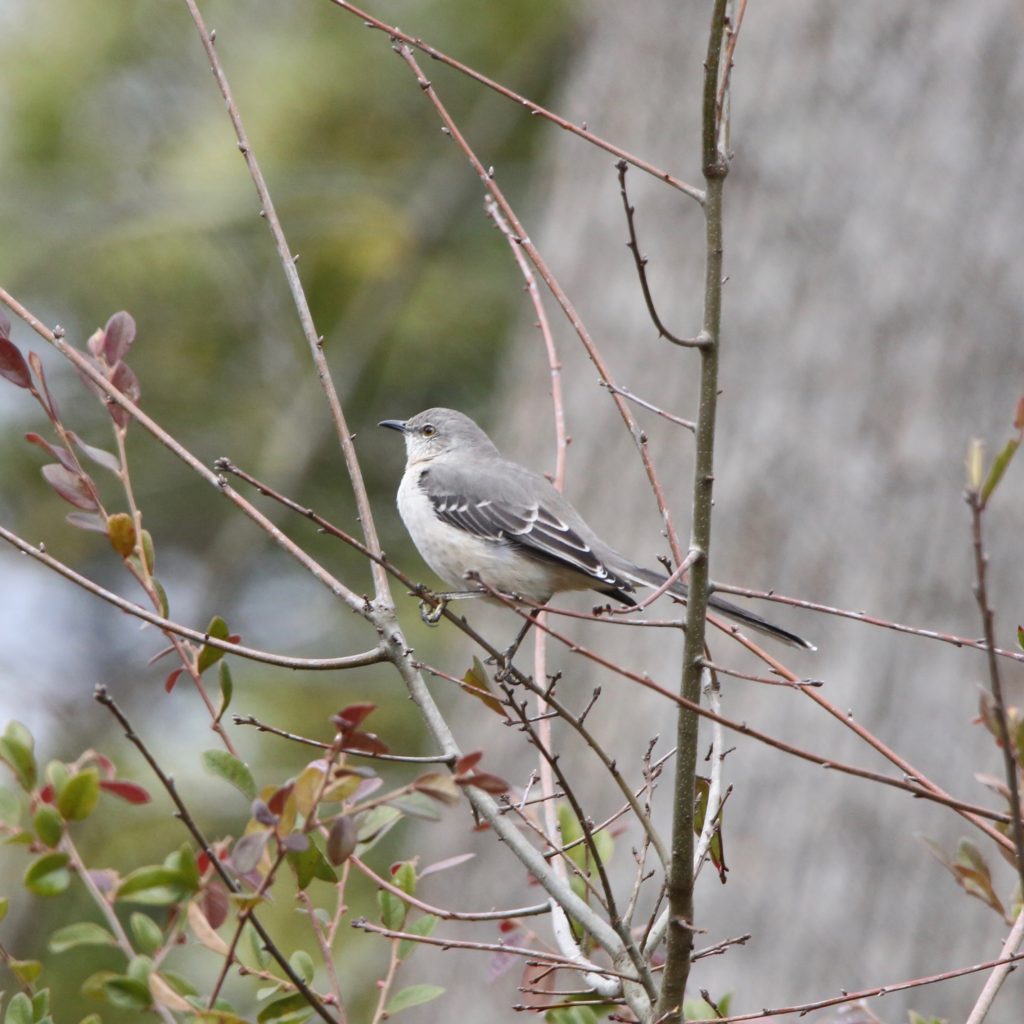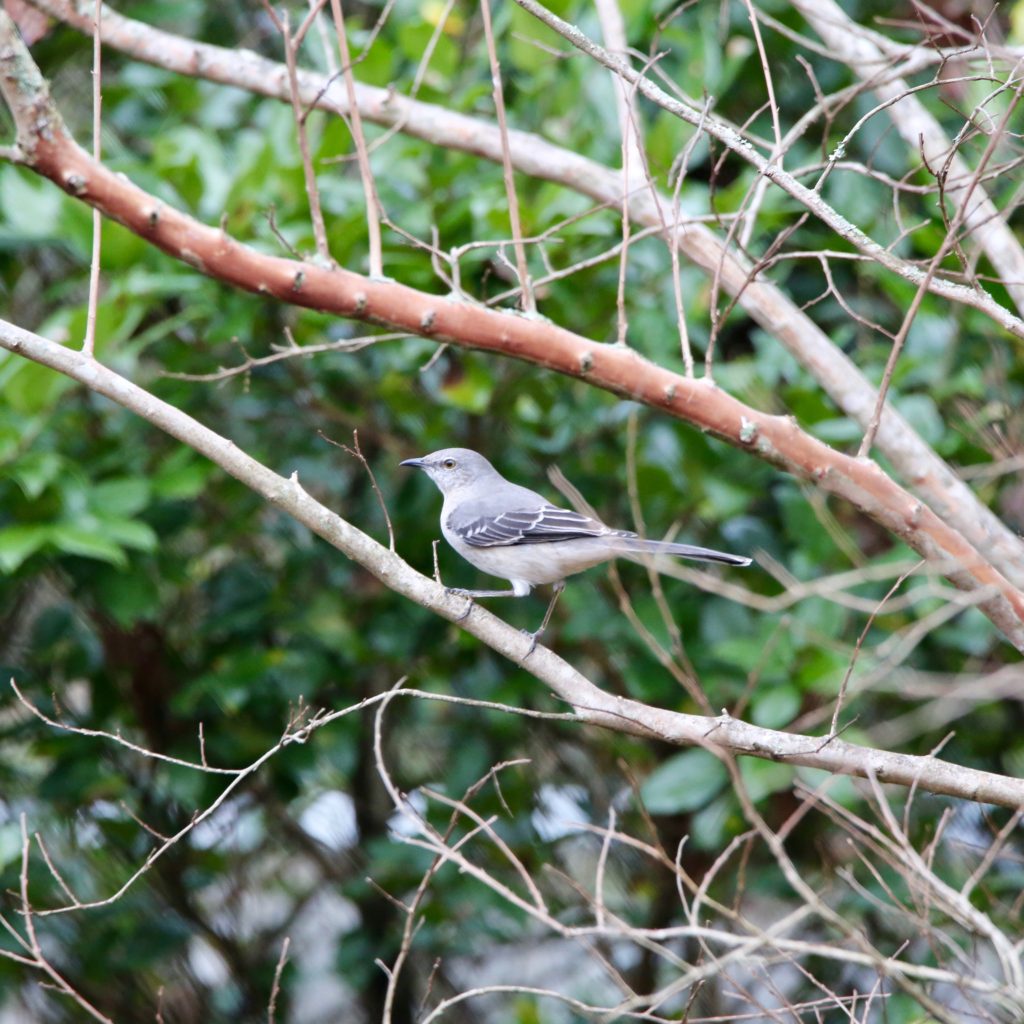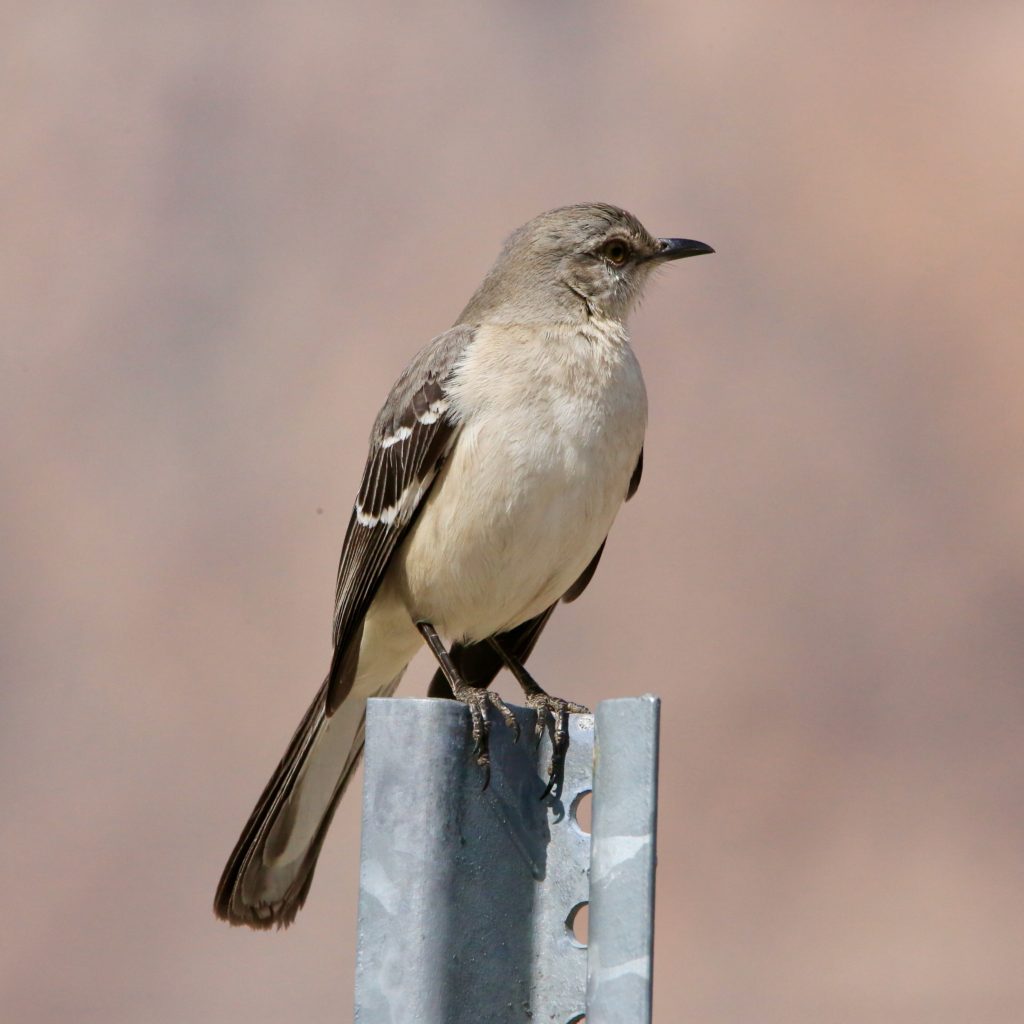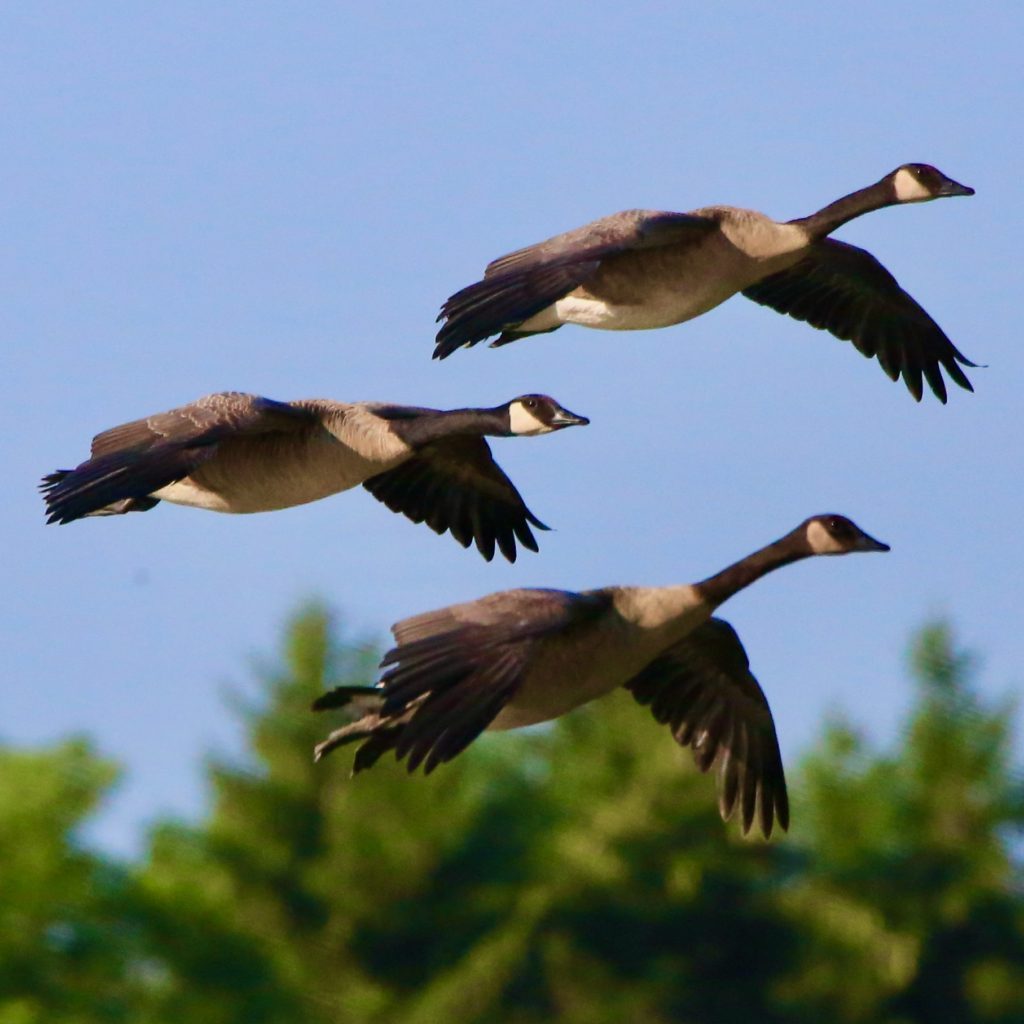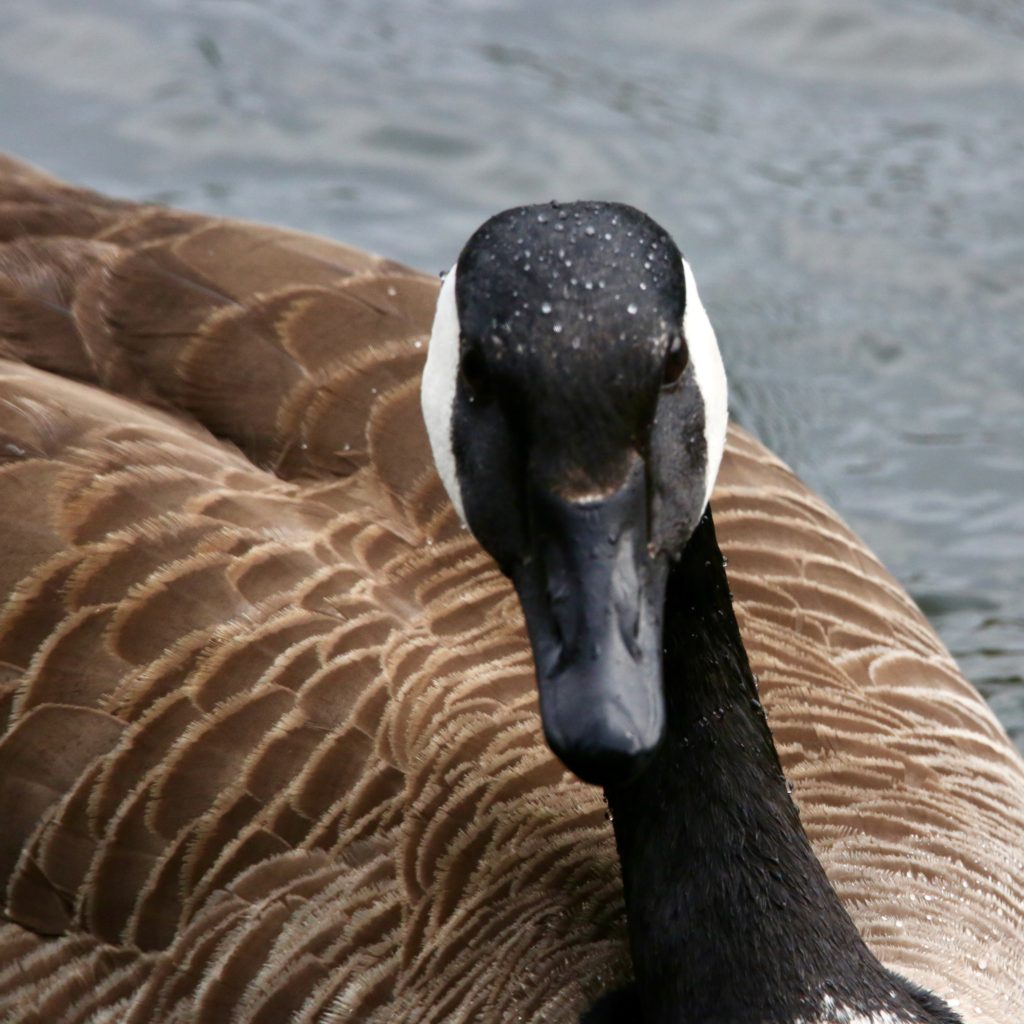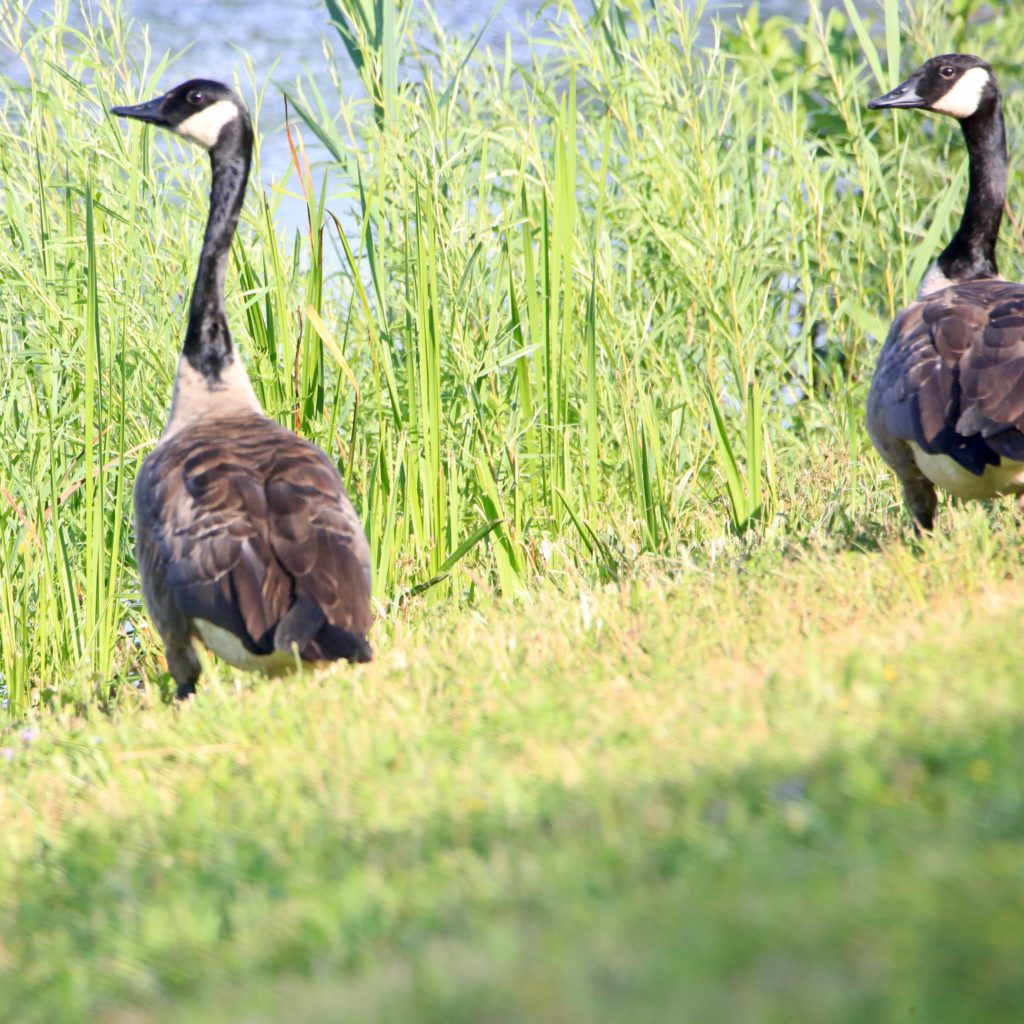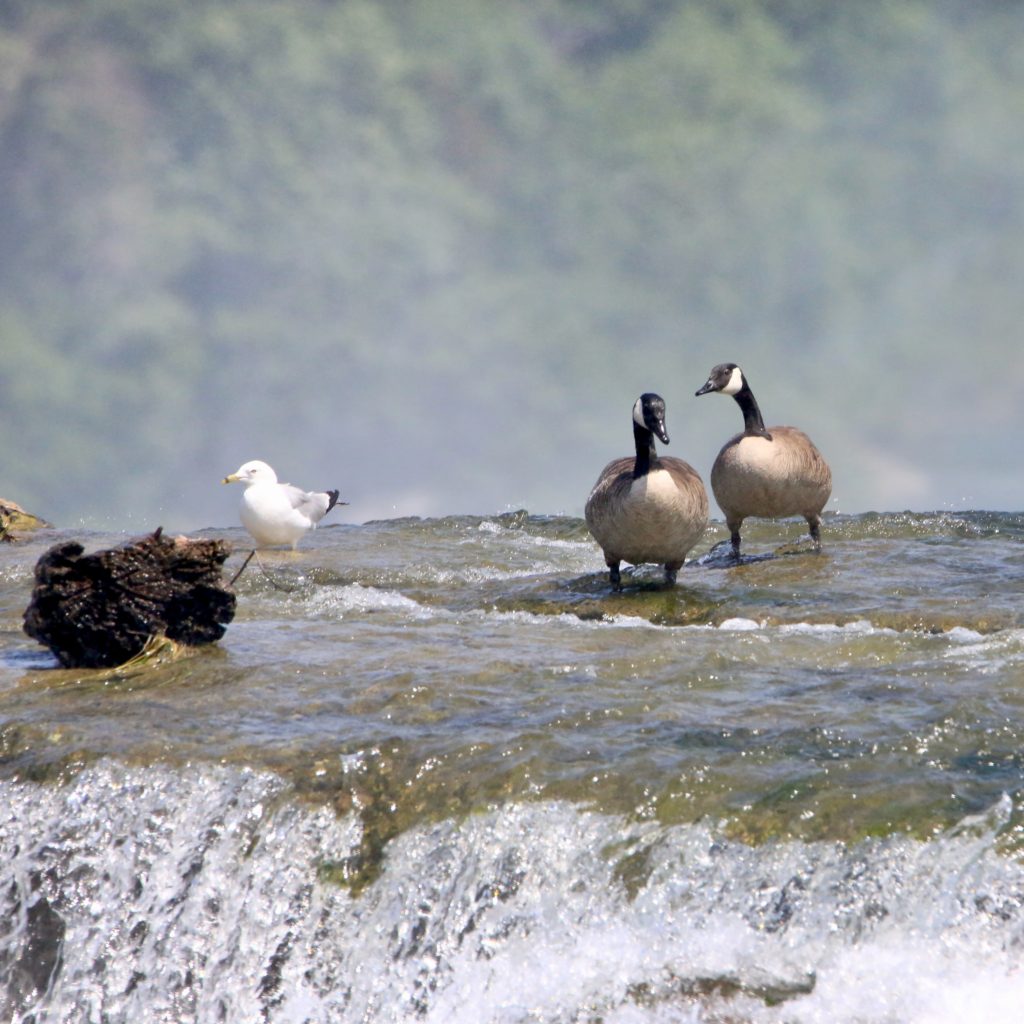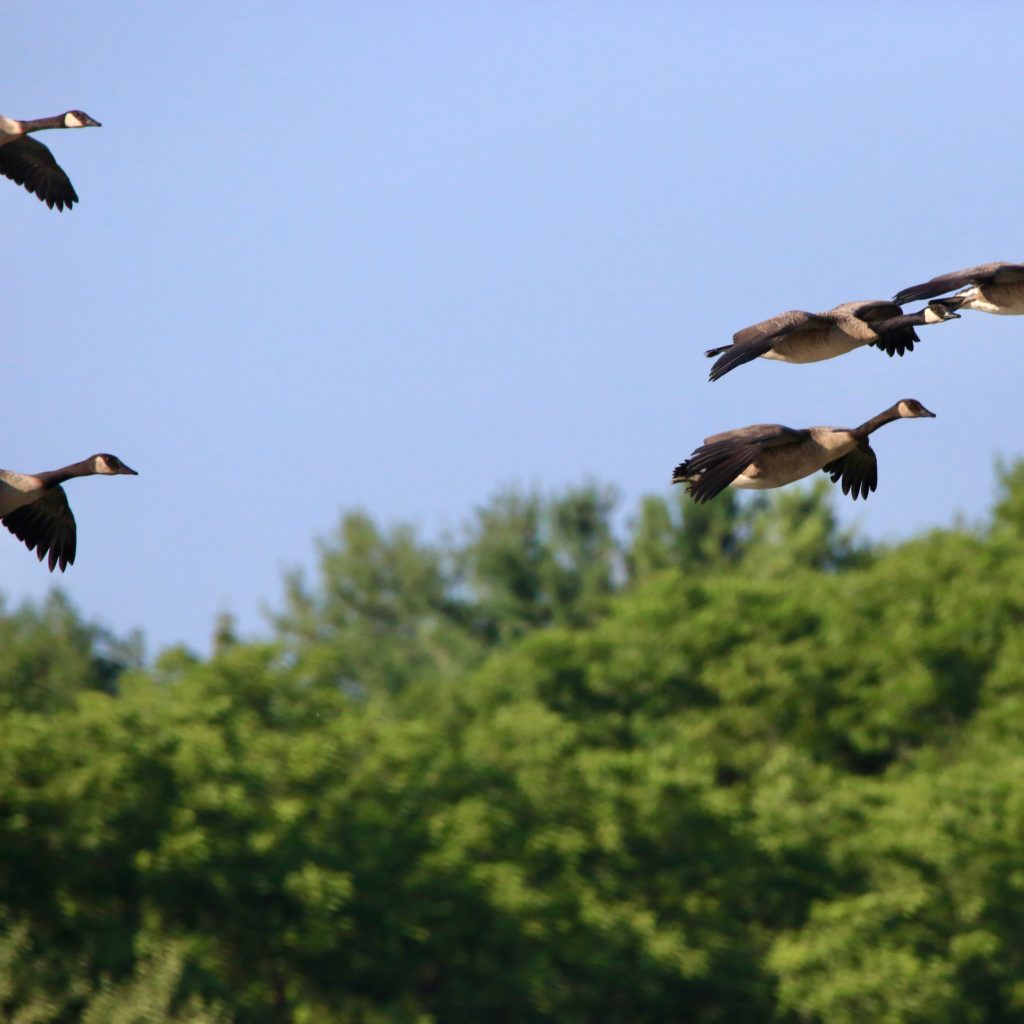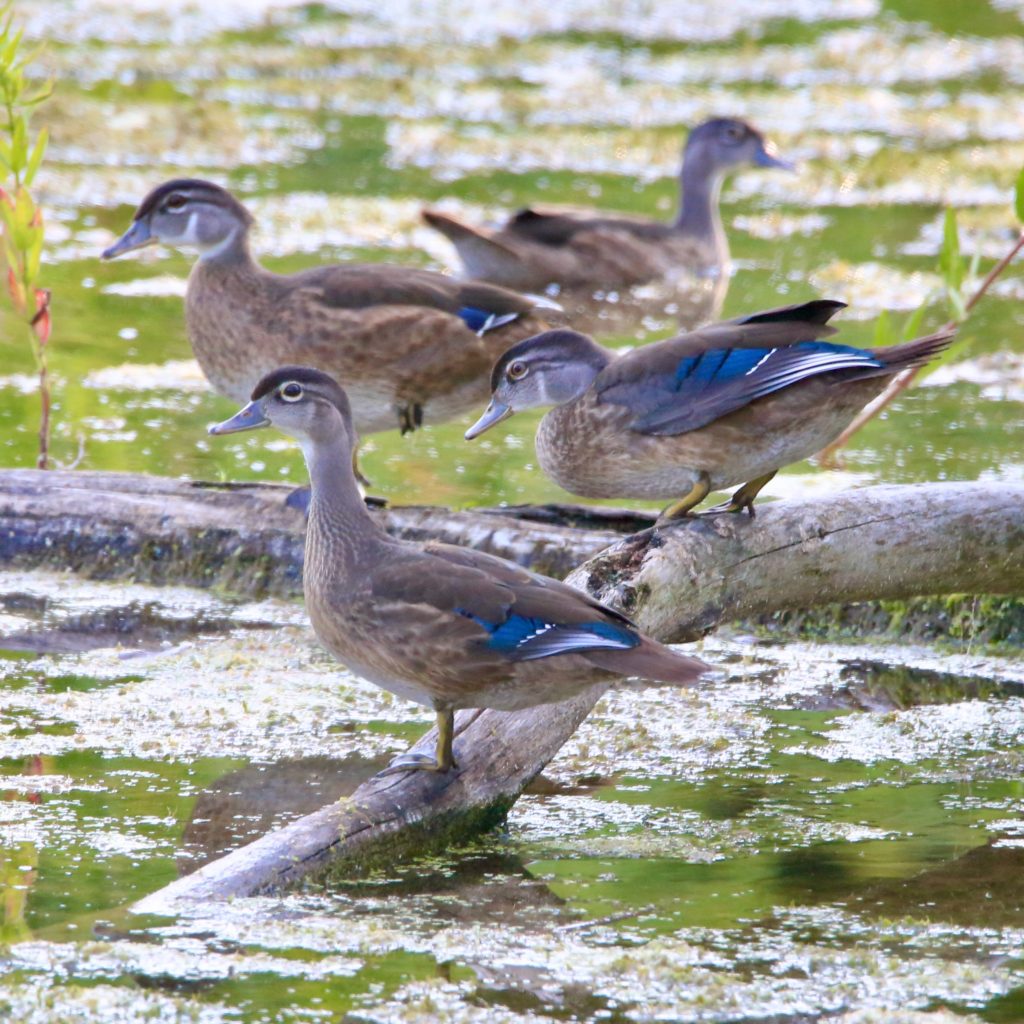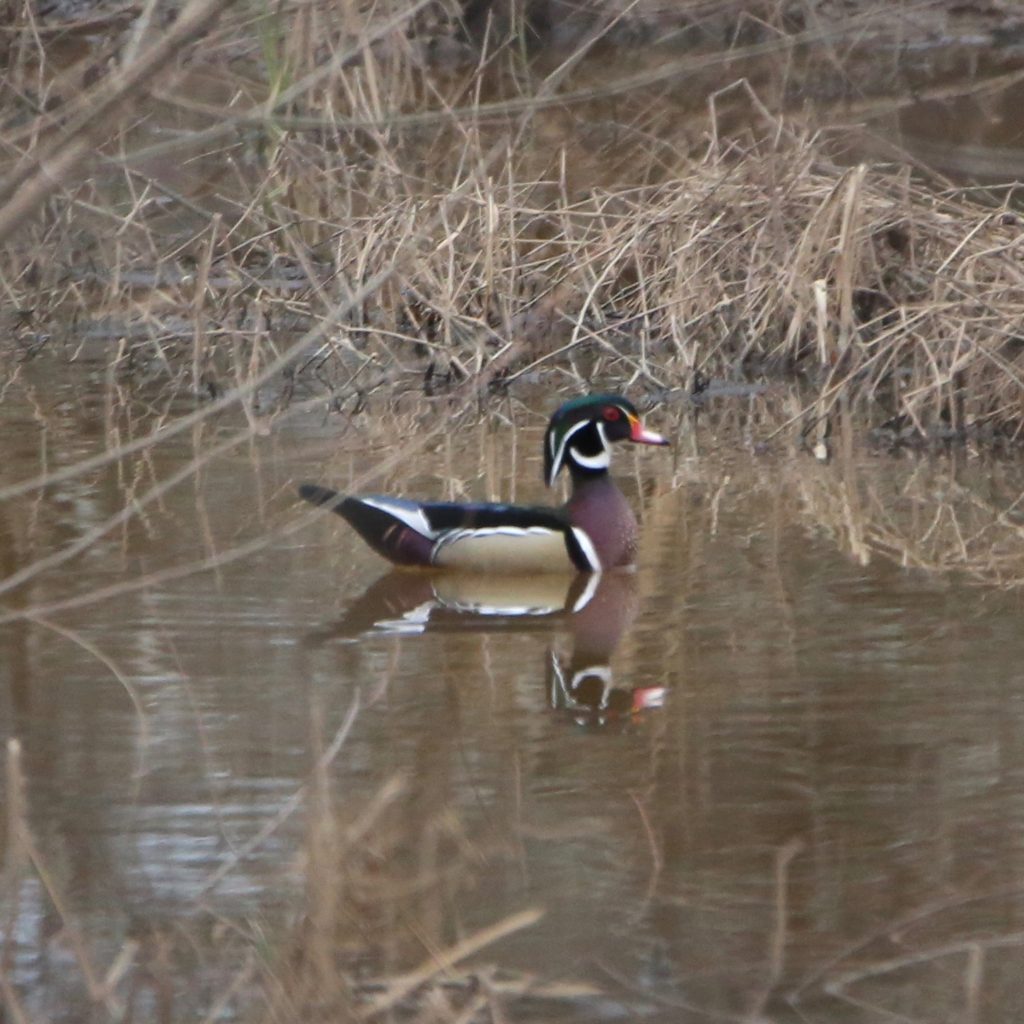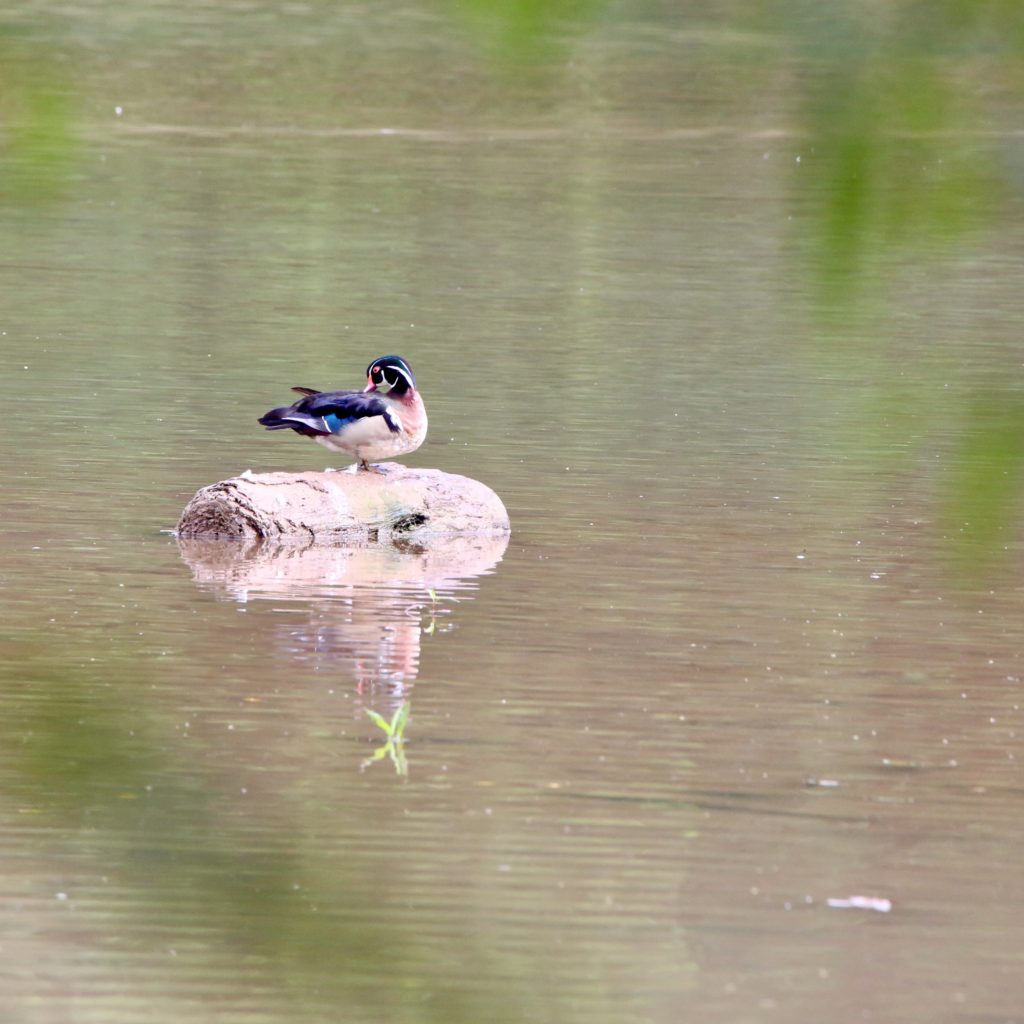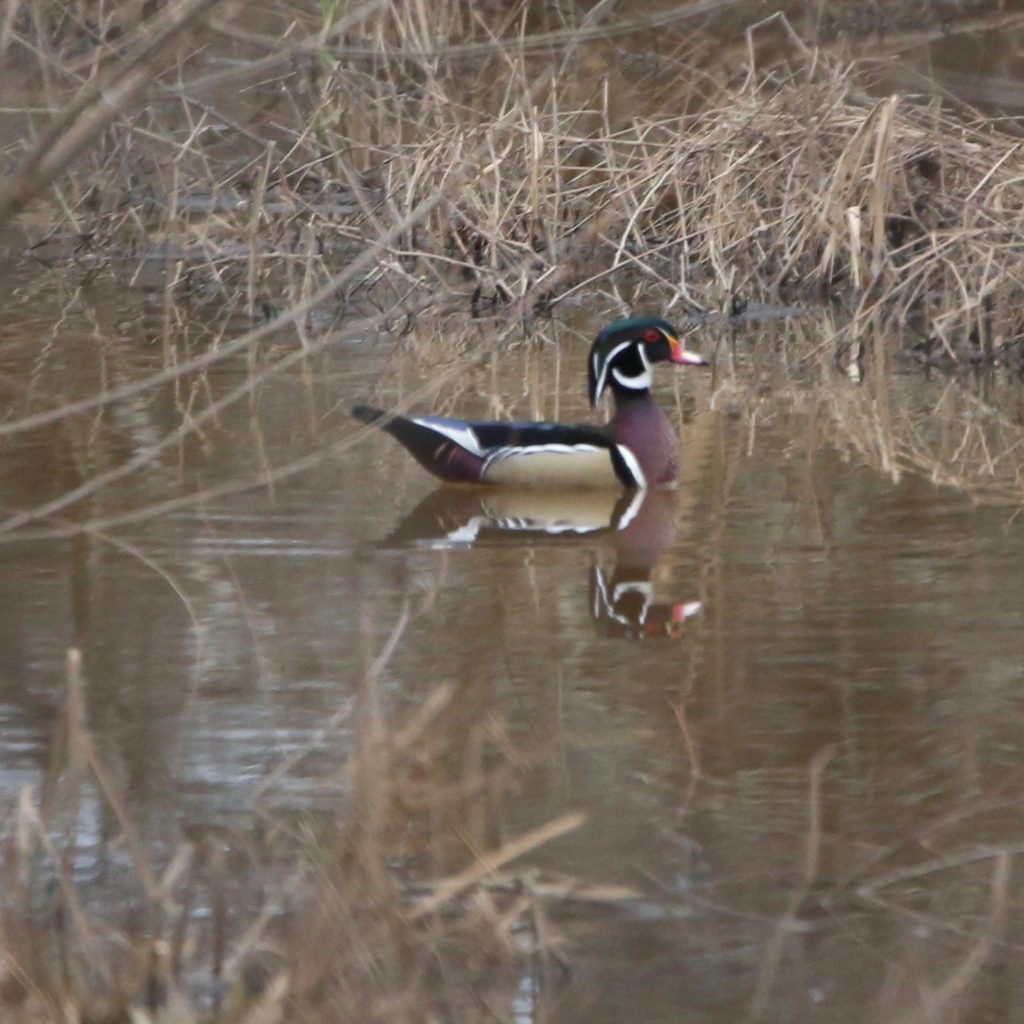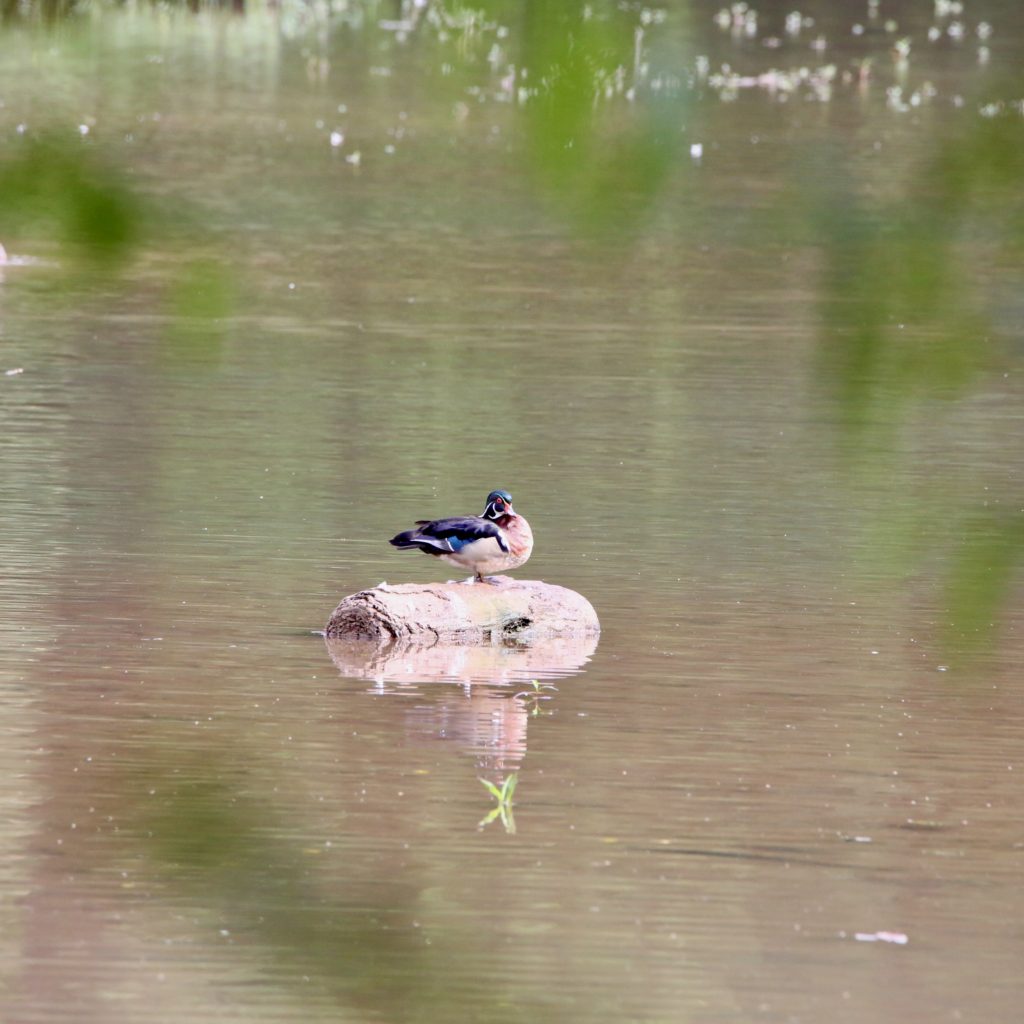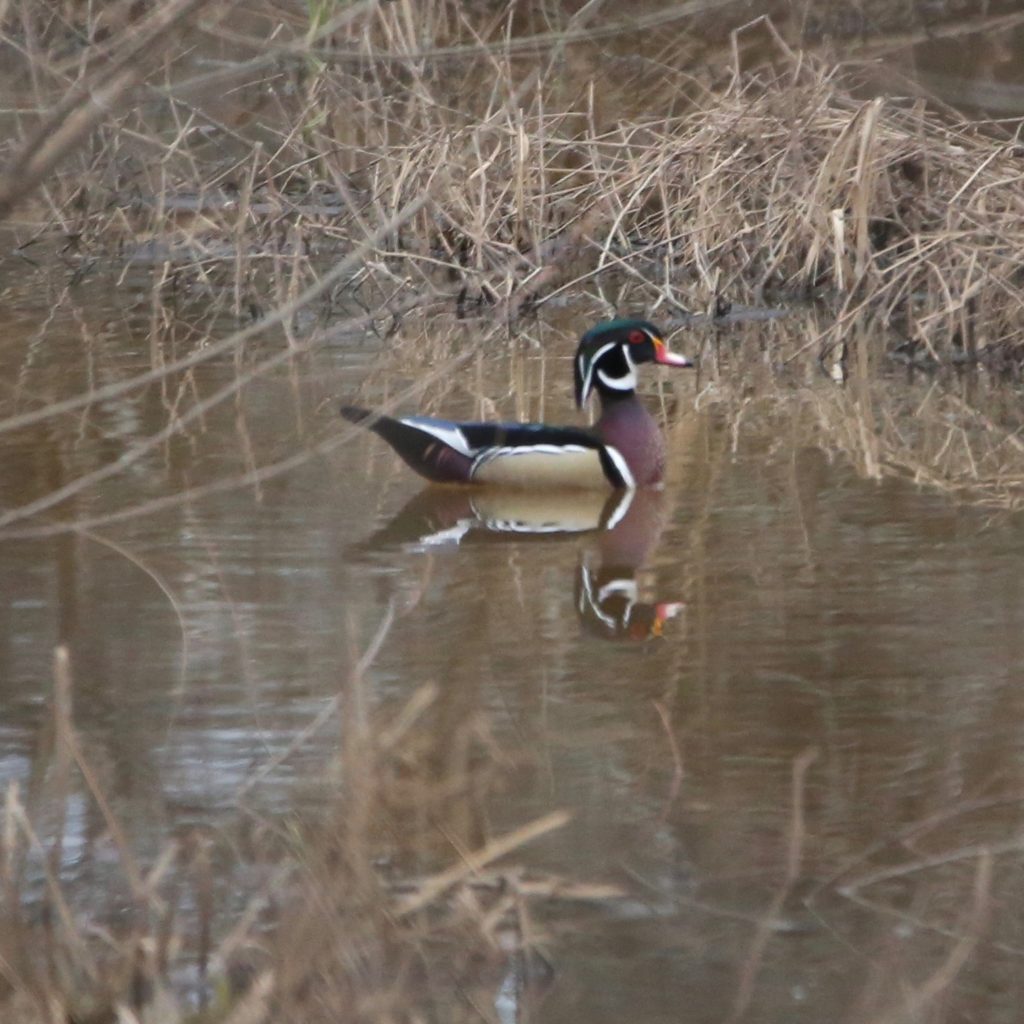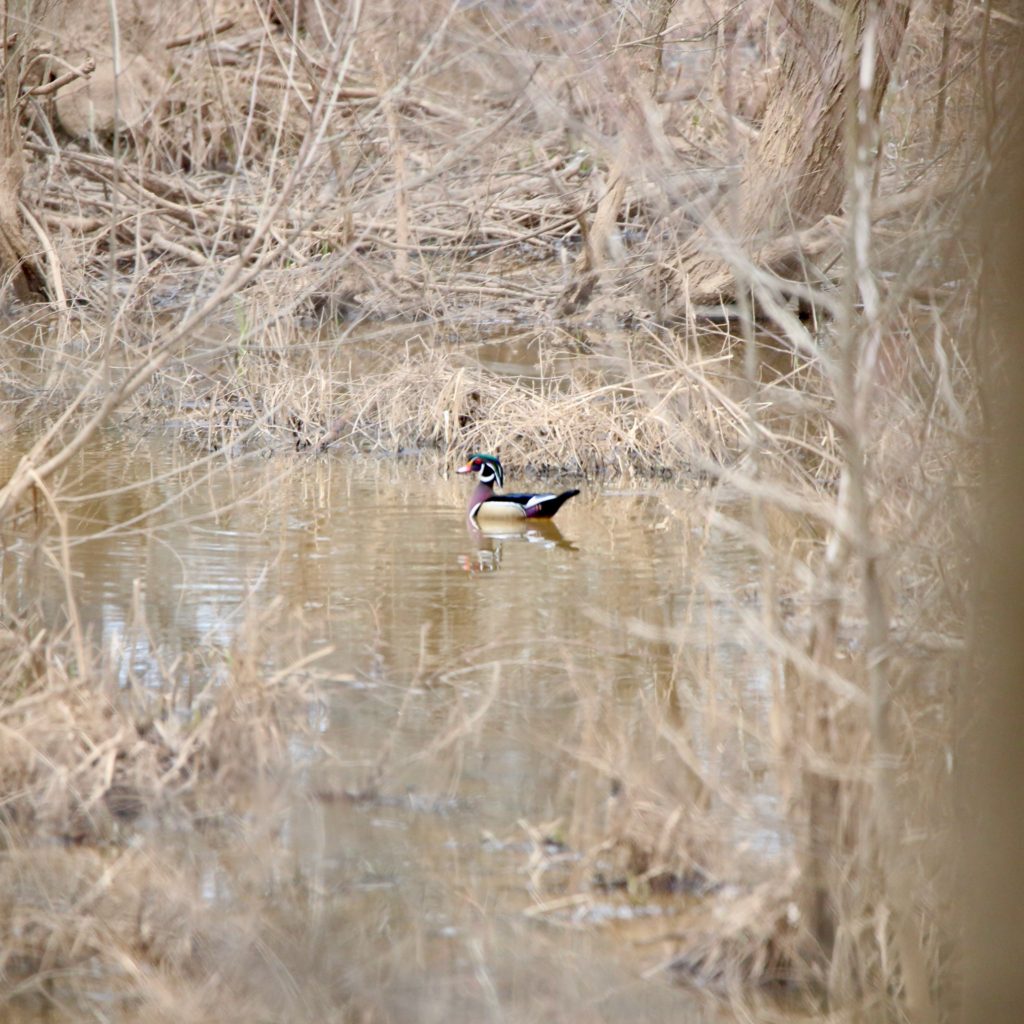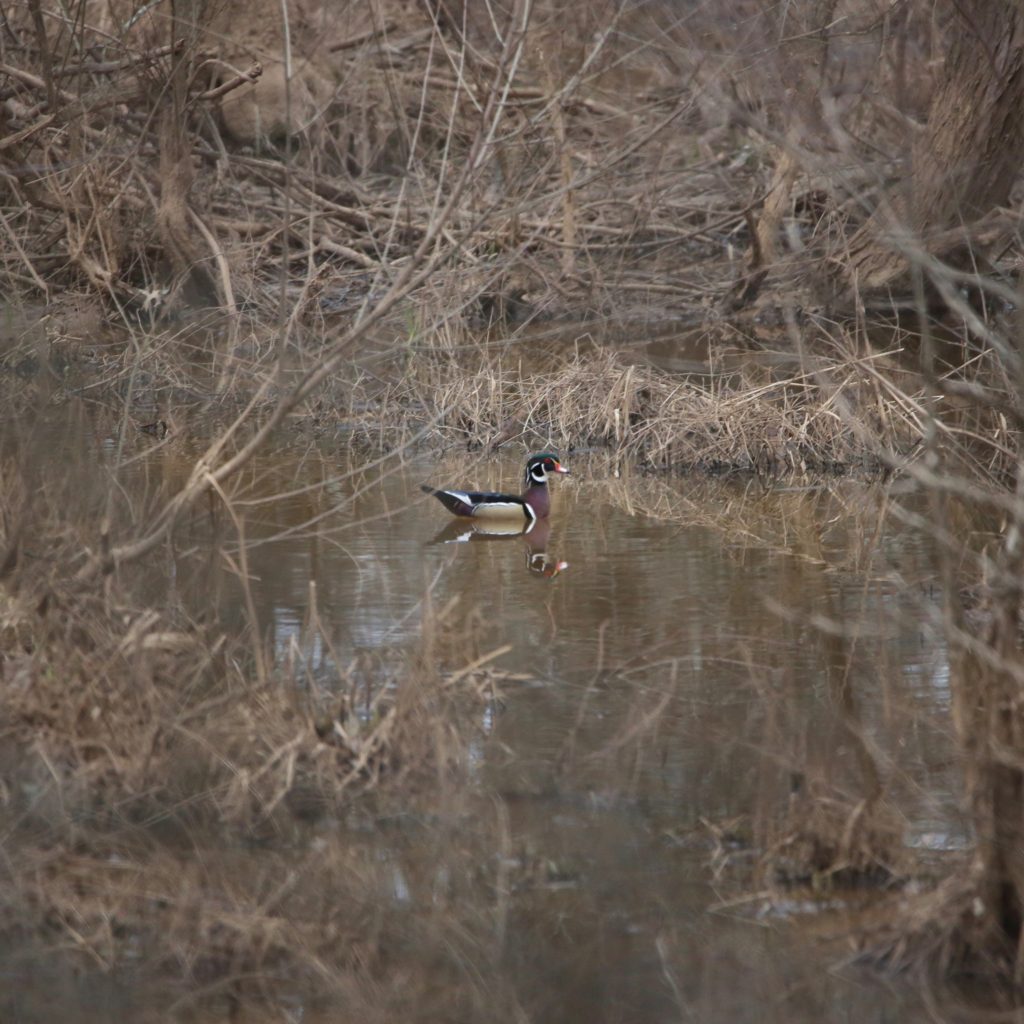
Bird Watching at Carlsbad Cavern National Park
Share
Carlsbad Cavern National Park is in the southeast of New Mexico, basically taking over the Guadalupe Mountains. The main attraction in the park is Carlsbad Cavern, a show cave. Inside, there is a chamber made of limestone known as the Big Room. The 46,766 acres are in Eddy County.
Major Attractions at Carlsbad Cavern National Park
Any good exploration of a national park begins in the visitor center. It is also the area where birds seem to gather the most. Watch a film about the park, visit the bookstore and gift shop, and have a full, proper meal at the cafeteria before you set out on your journey to the park.
You have to walk through the Carlsbad Caverns. This is an activity you can do alone or with your family. The nature entrance trail and the Big Room are part and parcel of this cave. There is also a ranger program where you get to see bats leave the Carlsbad Cavern in thousands.
You can choose to either backpack or hike the Guadalupe Ridge Trail and maybe peep some birds in the process. A ranger can also take you to see the night sky on the southwest of the desert in complete safety.
GET KIDS BIRD WATCHING
Bird Watching at Carlsbad Cavern National Park
Up to 558 bird species reside in New Mexico, some of which are native while others are migratory. The Carlsbad Cavern National Park alone has surprisingly managed to observe 357 species.
The ones who live in the park throughout the year, seasons not seeming to affect their decision, all appear to be on the bright and lively side. It is home to Ladder-backed Woodpecker, the second to the smallest Woodpecker in North America.
The species seems to enjoy sitting on tree trunks as much as stems of the cactus. If you are a bird species living in shrubland in a desert area, this kind of adaptability always helps. Funnily enough, this species was even termed Cactus Woodpecker because of how well it seemed to get along with the plants.
Then, there is the Cactus Wren, a species that can not feel comfortable around cacti. The species not only nests in Cactus, but they also roost there. Among the North American species, Cactus Wren is the largest. The park has visits from all nine species of Wren available in the continent. Among them, six have chosen the place as a breeding ground.
Black-throated Sparrows, Rock Wrens, Northern Mockingbirds are also common species in the park. Migratory birds such as Bell's Vireos choose Rattlesnake Spring to nest, an area in the park with riparian wood. Gray Vireos appear to prefer dry canyons for nesting where there are oaks and junipers. Varied Buntings also like dry canyons, but the trees in the area should be on the large side.
10 Birds to See at Carlsbad Cavern National Park
Northern Mockingbird
Northern Mockingbirds are gray with white underbellies; they have black and white wings. You can find them throughout the United States. They have seen a recent rise in population and are not at risk of being endangered. Their habitat is in backyards, hopping along a fresh-cut lawn. Northern Mockingbirds sing all day and like to eat insects and berries. Their nests are built in trees or shrubs 3 to 10 feet up. They lay 3 to 4 eggs. Not much is known about the migration patterns of Northern Mockingbirds. Some are thought to move south for the winter.
Canada Goose
Canada Geese are brown with a black neck and white marks along their chin. They live all throughout North America. Their population continues to increase as many are managed in wildlife refuges. Canada Geese enjoy making their habitat in open water and also on lawns near a water source. They move through the sky in a V-formation. Their diet is mostly plants of all kinds and occasionally seeds, berries, and small fish. They lay 4 to 7 eggs on the ground near
water. At one time they followed a strict migratory pattern, but now many are permanent residents in refuges.
Wood Duck
Wood Ducks have a unique look with pretty brown and green coloring and patterned feathers. You can find them in eastern and western North America. For some time, the population of Wood Ducks had been threatened, but their nest boxes are now protected and their population has grown. These Ducks live around the edges of wooded swamps, ponds, and rivers. Unlike other waterfowl, Wood Ducks can be found flying from tree to tree. They have strong claws to grip branches. Wood Ducks lay 9 to 15 eggs. After the eggs hatch, the young ducks leave the nest after one day! Northern Wood Ducks migrate south, but the ones already residing in the south are permanent residents.
American White Pelican
American White Pelicans are beautiful white birds with a long orange-yellow bill. They are one of the largest birds found in North America. Their population declined, but has since recovered and has increased recently. Usually living around the coast, American White Pelicans can also be found making their homes near lakes and marshes. American White Pelicans use their large, pouched bill to scoop up fish. Sometimes they will work together with other Pelicans to catch fish. Most American White Pelicans migrate, but some are living on the Texas coast as permanent residents.



